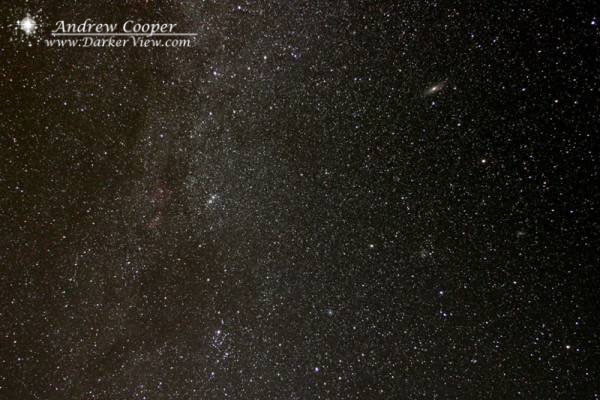Pu’u dot the landscape of the Island of Hawai’i. Pu’u, (pronounced poo-oo) is an interesting Hawaiian word that can mean hill, bump, pimple, wart, or any similar concept, but in this case generally means cinder cone. These reminders of the volcanic origins dot the sides of the big volcanoes like pimples on the face of the island. They are everywhere and each has a traditional name. Locals have used them since the dawn of civilization on the islands to give directions, describe legal land boundaries and name roads throughout the island.
Learning your way around the island is often learning the names of the Pu’u. I use them to mark my progress along my morning commute to work and note the weather above Wiamea. A large pu’u stands above the end of Saddle Road where it turns into the center of the island and another pu’u marks the intersection of Saddle Road and the Mauna Kea access road that climbs to the summit winding through the pu’u that cover the flanks of the mountian. Keck Observatory itself sits on the rim of Pu’u Hou ‘Oki.
The West Hawaii Astronomy Club’s dark sky observing site sits directly beside a small pu’u that goes by the name of Pu’u Kuainiho in a unit of State DLNR land named for Pu’u Anahulu. Nothing fancy, a large gravel lot just off a major state highway, but far anough off to avoid the headlights. Easy to find along the road from Waimea to Kona. It sits at about 2,000ft elevation, high enough to be above most of the low altitude tropical haze. Being in the rain shadow of a 14,000ft peak the site offers surprisingly reliable weather, it is often cloudy in the evening but almost always clears after dark. The only real issue is the often heavy formation of dew and some ground mists that will plague observers. The site is a comprimise between fairly decent skies offered by lower elevations here in Hawaii and the truly spectacular observing that can be had from sites high on the side of Mauna Kea at 9,000ft. The only issue is that those perfect Mauna Kea skies are accessed by a rough hour long drive up Saddle Road and are often windy and quite cold. Sometimes a warm site 15min from home on a good road wins the toss.
This time the target was meteors, a shower I had often not observed because it generally occured in the middle of Tucson’s rainy monsoon season. But a dark sky with no Moon and access to a decent dark site a few minutes away was simply too attractive. Except, of course, for the 2am setting in the alarm clock. I had expected a few other observers to be out for the peak, but when I got to the site I was alone. No matter, nothing new for me. I had brought along the Losmandy mount and the DSLR for a little attempted meteor photography and a lounge chair for relaxed meteor observing.
Set the mount up, a quick polar alignment with a polar scope good enough for wide field photography, bolt the camera on and let it go. Just lie back in the chair with a couple blankets and I am set!
OK, start the show now…
…I must have waited five minutes for the first meteor.
But meteors did appear. A few dim ones widely scattered and a few bright ones from time to time to annouce that something out of the ordinary was going on. I kept a few rough counts to do a quick estimate of rates using the camera’s shutter interval as a timer. I would get three to five every five minute interval giving rates of around 30-60ZHR. Nothing spectacular, just a decent show as the Perseids are so well known for. Though after the true Leonid meteor storm I witnessed in Tucson a few years back anything else does seem a little tame.
As for the photographs? A careful examination of every photo shows a staggering number of meteors were captured by my extensive photographic effort. I had to painstakingly go though each photo to come up with a grand total of…
zero.
I did get a nice photo of the Perseus-Cassiopea region of the Milky Way however…


